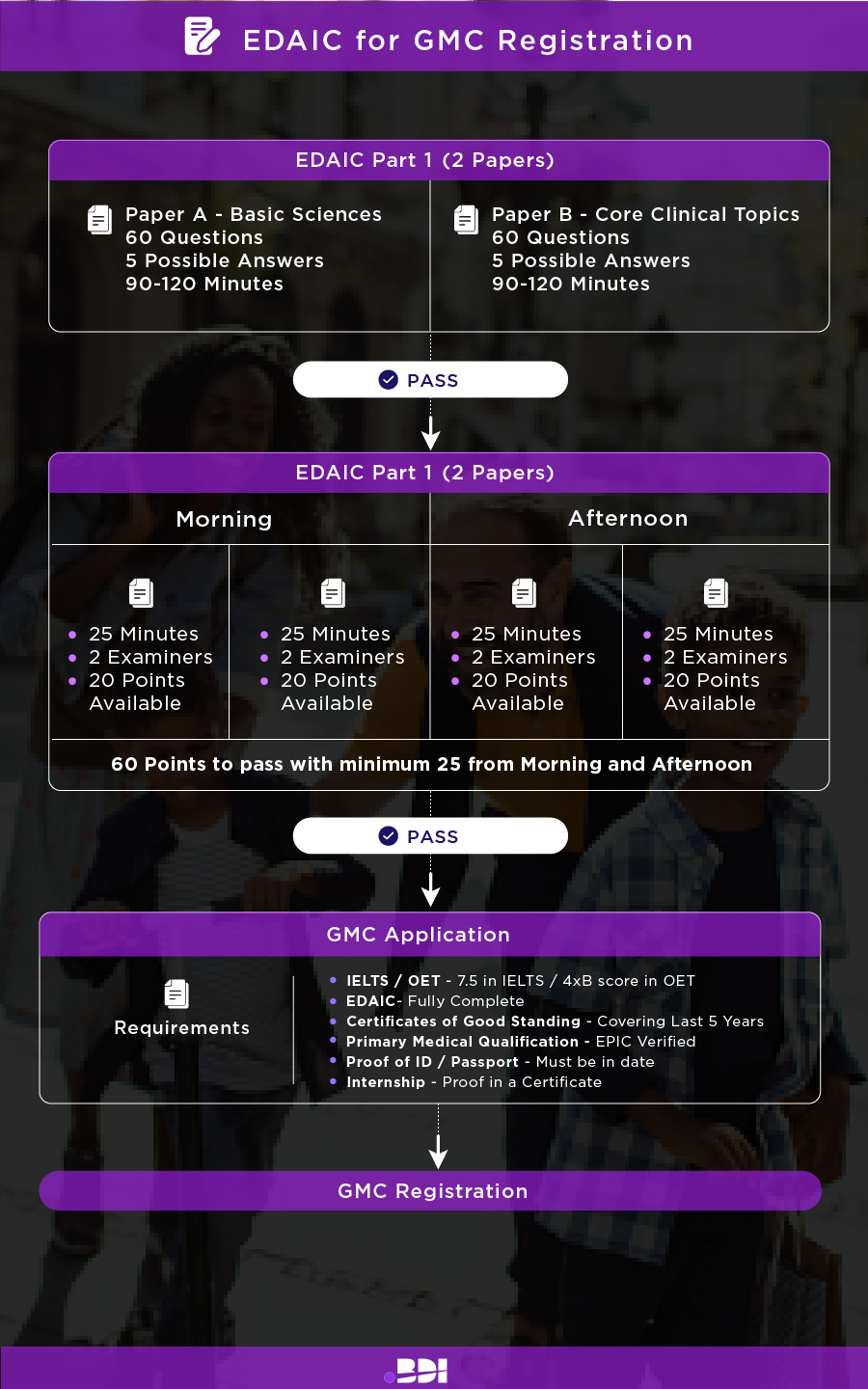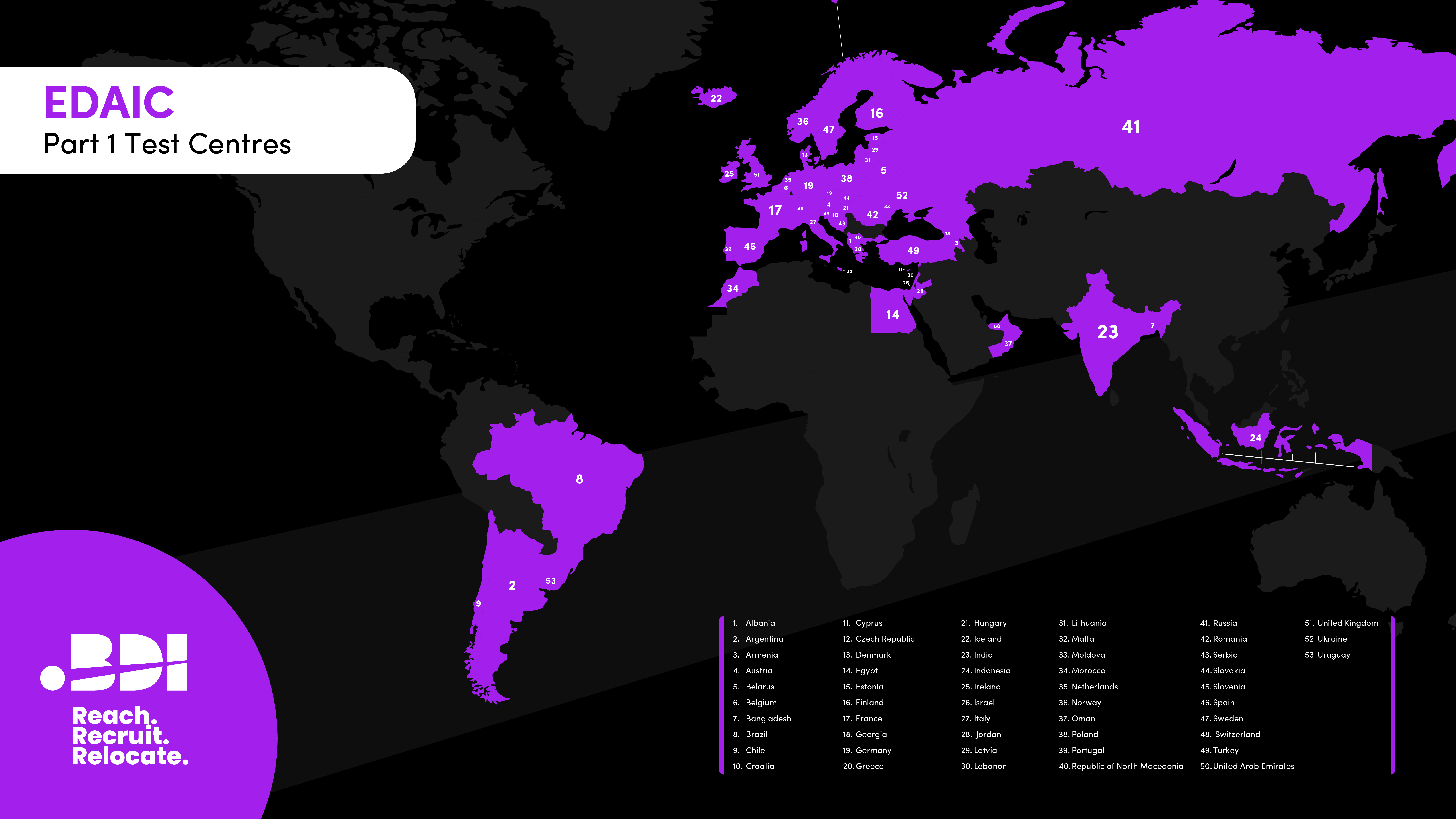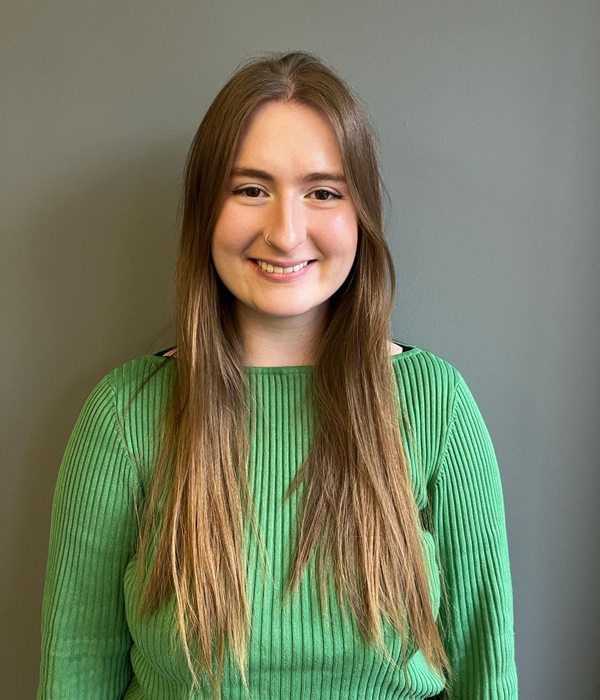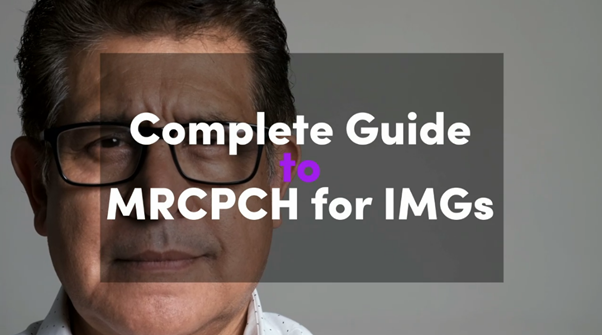EDAIC for GMC Registration
02 Feb, 20239 Minutes
The UK has plenty of job openings for international doctors – including anaesthetics in the NHS. If that sounds like a path you want to take, one qualification should be on your radar: EDAIC. EDAIC (European Diploma of Anaesthetics and Intensive Care) is a post-graduate qualification for anaesthetists wanting to prove their skills in the subject. It also grants access to the GMC register, which is a crucial step for anyone wishing to practice medicine in the UK.
What is the GMC Register?
GMC stands for “good medical practice”, and the register is used in the UK to prove that doctors have the necessary skills and experience to practice medicine safely. It’s about creating uniformity in medical professionals – when everyone gets held to the same standard, the overall quality of care in the NHS stays consistent.
Getting your EDAIC will aid you on the path to becoming GMC certified. After passing your EDAIC and proving your English language skills, you can start applying for anaesthetic jobs in the UK.

EDAIC: The Basics
The European Diploma in Anaesthetics and Intensive Care is a multilingual, two-part exam endorsed by the European Board of Anaesthesiology, making it perfect for international medical graduates (IMGs). The EDAIC comes with a fee, with separate prices for parts one and two. The costs are as follows:
- Online Assessment (OLA) and Home Online Assessment (HOLA): €50
- In-Training Assessment (ITA): €125
- Part One: €340 (including one-year ESAIC membership)
- Part Two Reduced Fee: €170 (including one-year ESAIC membership)
- Part Two Full Fee: €560
- Reprint of Diploma: €50
- Authentication of EDAIC: €50
The exam comes in two parts – part one and part two. One is a written exam, while two is an oral exam, and both are taken at different times in the year. That means you’ll need to take two separate exams to fully qualify with your EDAIC for IMGs!
The exam itself is held at multiple locations around the world as you'll see on this handy map:

And you can take it in the following languages:
- English
- Spanish
- Portuguese
- French
- Polish
- German
- Turkish
- Scandinavian
Below, we will dive into the differences between part one and part two, so you can be fully prepared for both.
EDAIC: Part 1
Part one is the written exam which takes place in September and October each year. It involves two multiple-choice papers (paper A and paper B), each offering sixty questions with five possible answers to each question. The exam length depends on how you take it – if you do it on the computer, you are given ninety minutes, whereas if you do it with a pen and paper, you have a total of two hours. You choose how to take the exam (on paper or computer) before the exam date, so consider your options carefully.
Paper A: Basic Sciences
Part A focuses on basic sciences, such as physics, physiology, biochemistry, and anatomy.
B: Core Clinical Topics
Part B focuses on core clinical topics, such as general anaesthesia, regional anaesthesia, intensive care medicine, internal and emergency medicine, and special anaesthesia.
So, how do you pass? With part one of the EDAIC, the passing mark changes every year, which is decided upon by the exam board. They will decide on the passing mark based on the questions asked in each paper. You’ll get your results around two weeks after you take the exam, which will show your mark score and a candidate report.
EDAIC: Part 2
Next is part two, which is the oral examination, and the structure is quite different from part one. It takes place between February and November each year. You take the entire exam on a single day, which is split into four parts – called vivas.
Each part takes twenty-five minutes and involves speaking with eight examiners (two at once). You are given a clinical scenario ten minutes before the exam, such as an x-ray or ultrasound, and then the examiners will see how you perform in person. There is a maximum of twenty points per section with eighty points total. To pass, you need a minimum of twenty-five points each from the morning and afternoon sessions, with sixty points minimum overall. This ensures you have broad knowledge, and it’s not all in one section.
Before we go on to talking about how to prepare for EDAIC our director Tom Calver had this to say about the EDAIC exams:
Prepping for EDAIC
To prep for the EDAIC, you must revise anaesthetics thoroughly. Amandeep Sachdeva has some sound advice here,
“I have done EDAIC and the key is to be consistent, putting in one to two hours of study a day and finding the correct books.
For part two, find a buddy who is doing the same EDIAC exam to practice viva scenarios, ensuring you get the basics right. The examiners want you to be a safe anaesthetist and not simply remember fancy syndromes. Also, revision and confidence are key. Tell the examiner what you would normally do in a situation and don’t pretend.”
It’s all about making sure to prep adequately so that you have a broad scope of knowledge on the subject. For this, you might consider taking prepping courses and tests. The ESAIC has an online assessment and in-person training assessment to test your knowledge, and that can be handy for getting to grips with how the exams go.
Of course, you’ll also need to read a lot to obtain the knowledge. Some excellent book recommendations for revision include:
- Kaplan’s Cardiac Anesthesia: in Cardiac and Noncardiac Surgery, 7th Edition – Joel A. Kaplan
- Clinical Anesthesia, 8th Edition – Paul G. Barash, Michael K. Cahalan
- Essentials of Equipment in Anaesthesia, Critical Care and Perioperative Medicine, 5th Edition – Al-Shaikh B, Stacey S
Who Should Take EDAIC?
Before deciding if you should take the EDAIC exams, you should ensure eligibility. Part one is highly accessible; any medical graduate can take the two papers and receive their results. For part two, you’ll need to have passed part one and have completed an anaesthetic training program (or are in your final year).
While it is not required, the board recommends at least three years of formal speciality training in anaesthetics for those wanting to take part one of the exam and at least five years for part two. Again – this is not needed for you to take it, but it will significantly increase your chances of passing.
Taking the EDAIC exams makes the most sense for graduates of anaesthetics who wish to live and work in the UK, as it grants GMC registration, allowing you to work for the NHS and practice medicine safely. If relocating to the UK sounds like your ideal plan, taking the EDAIC is certainly a good choice.
What Happens After You Pass?
First of all, if you’ve passed your EDAIC, well done! It’s not an easy exam, and only those with sufficient and broad knowledge of anaesthesiology can manage it. From there, you will carry on your journey toward UK relocation. That will include applying for your GMC registration and then starting the relocation process so that you can work as an anaesthetist for the NHS. BDI Resourcing has plenty of excellent resources to help on that journey, from finding anaesthetics vacancies to writing the best CV. Plus, we help with the transition period. With such a significant life change, having experts to support you makes a real positive difference. Get in touch to speak to one of our expert recruiters.



